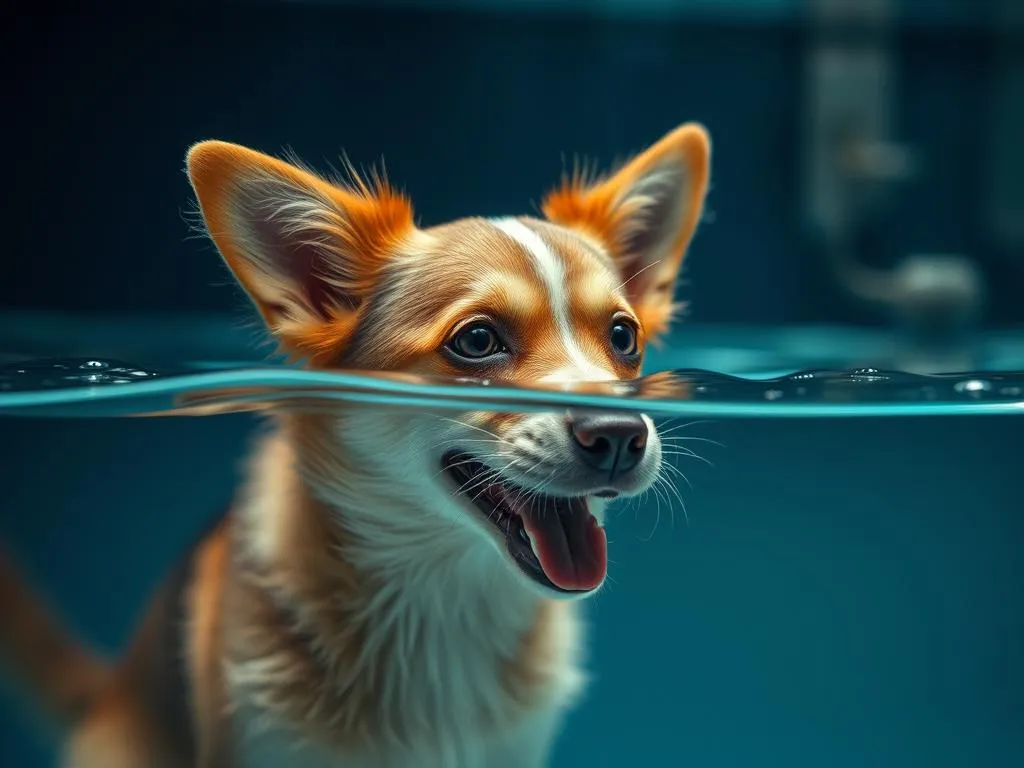
When faced with the loss of a beloved pet, many owners seek a compassionate and environmentally friendly way to say goodbye. Pet aquamation is an innovative alternative that is gaining traction as a preferred method of aftercare. This process, which involves the use of water and alkaline hydrolysis, offers a sustainable option that contrasts sharply with traditional burial and cremation. In this article, we will explore the ins and outs of pet aquamation, including its definition, benefits, the process involved, and critical factors to consider when choosing a provider.
What is Pet Aquamation?
Definition and Process
Pet aquamation is a method of body disposition that uses water, heat, and alkali to accelerate the natural decomposition process. This method is also known as alkaline hydrolysis. During the aquamation process, the pet’s body is placed in a specialized machine that heats the water, creating a solution that breaks down organic matter. This process differs from traditional cremation, which incinerates the body, and burial, which involves placing the body in the ground.
The technology behind aquamation is designed to be eco-friendly and efficient. Unlike cremation, which releases carbon emissions into the atmosphere, pet aquamation produces minimal environmental impact, resulting in a smaller carbon footprint.
Historical Context
The concept of aquamation has roots in human aftercare, dating back to the early 2000s. Initially, it was adopted primarily for human remains in some regions due to its environmentally friendly properties. Over time, this practice has evolved and gained acceptance for pets, as more pet owners seek sustainable options for their beloved companions. The shift toward pet aquamation reflects a growing awareness of environmental issues and a desire for more thoughtful end-of-life choices.
The Benefits of Pet Aquamation
Environmental Impact
One of the most significant advantages of pet aquamation is its positive environmental impact. Traditional cremation emits greenhouse gases and toxic pollutants into the air, while burial can lead to land use concerns and contamination of the soil and groundwater. In contrast, aquamation uses significantly less energy and does not produce harmful emissions.
When comparing the carbon footprint of aquamation, cremation, and burial, studies show that aquamation generates approximately 90% fewer greenhouse gases than cremation. This makes pet aquamation not only a compassionate choice but also a responsible one for environmentally conscious pet owners.
Health and Safety
Health and safety are paramount when it comes to disposing of pet remains. Traditional burial methods can pose health risks, especially if the body is not properly prepared or if the burial site is not suitable. Decomposing bodies can harbor bacteria and pathogens that may enter the environment.
Pet aquamation offers a hygienic solution by breaking down organic matter in a controlled, sterile environment. This method minimizes the risk of disease transmission and is a safer option for both the environment and the surrounding community.
Emotional Benefits
The emotional journey of losing a pet can be overwhelming, and the farewell process is a crucial part of closure. Pet aquamation allows for a more personalized farewell experience. Many facilities offer memorial services, where pet owners can be involved in the farewell process, providing a sense of closure and connection.
Pet owners who have chosen aquamation often share heartfelt testimonials about their experiences. Many describe feeling at peace knowing that their pet’s body was treated with dignity and respect, and that they made a choice that honors their pet’s life while being mindful of the planet.
The Aquamation Process Explained
Step-by-Step Guide
Understanding the aquamation process can help pet owners feel more comfortable with their decision. Here’s a detailed breakdown of what to expect:
- Initial Consultation: Pet owners discuss their options with the aquamation provider, including any specific requests or memorialization preferences.
- Preparation: The pet’s body is prepared for the process, ensuring it is placed in a sterile environment.
- Aquamation: The body is placed in the aquamation machine, where it undergoes the alkaline hydrolysis process. This typically takes 6 to 8 hours, depending on the size of the pet.
- Completion: After the aquamation process is complete, the remaining liquid is safely disposed of, and the bone fragments are collected.
- Final Disposition: The bone remains are processed into a fine powder and returned to the owner in a chosen urn or keepsake.
Timeframe and Costs
The entire pet aquamation process typically takes about 24 hours from start to finish, including the consultation and preparation time. The costs associated with aquamation can vary widely based on location and facility. On average, pet owners can expect to pay between $150 to $300 for aquamation, which is often comparable to or even less than traditional cremation services.
Regulations and Standards
As pet aquamation grows in popularity, regulations surrounding the practice are evolving. Many states have established guidelines to ensure that aquamation facilities operate within established health and safety standards. It’s essential for pet owners to choose providers that are certified and accredited to guarantee a high level of service and compliance with regulations.
Choosing an Aquamation Provider
What to Look For
Selecting the right aquamation provider is crucial for ensuring a respectful and dignified farewell for your pet. Here are some key factors to consider:
- Accreditation: Ensure the facility is certified and follows regulatory guidelines.
- Experience: Look for a provider with a proven track record in pet aquamation.
- Facility Conditions: Visit the facility if possible to assess cleanliness and professionalism.
- Customer Reviews: Read testimonials and reviews from other pet owners to gauge their experiences.
Questions to Ask
When interviewing potential aquamation providers, consider asking the following questions:
- What is the aquamation process like from start to finish?
- How long does the process typically take?
- What options for memorialization do you offer?
- Can I be present during the aquamation process?
- What measures do you take to ensure the process is environmentally friendly?
Personalizing the Experience
Many aquamation providers offer various options for memorialization. Pet owners can choose from a range of urns, keepsakes, and memorial services to honor their pet’s memory. Customization choices can make the farewell even more special, allowing owners to create lasting tributes to their beloved companions.
Common Misconceptions about Pet Aquamation
Myths vs. Facts
Despite its growing popularity, pet aquamation is often surrounded by misconceptions. Here are some common myths and the factual clarifications to dispel them:
- Myth: Aquamation is more expensive than cremation.
-
Fact: While costs vary, aquamation can be comparable to or even less than traditional cremation services.
-
Myth: Aquamation is not as respectful as burial or cremation.
- Fact: Aquamation is a dignified process that treats the pet’s remains with utmost respect and care.
Emotional Concerns
Many pet owners may hesitate to choose aquamation due to emotional concerns. The decision-making process can be clouded by grief, making it challenging to consider the best option. It’s essential to take time to reflect on what feels right for you and your pet. Seeking support from friends, family, or pet loss counselors can also help navigate the emotional complexities of this decision.
The Future of Pet Aquamation
Trends in Pet Aftercare
As awareness of pet aquamation continues to grow, it is becoming a more accepted and sought-after method of pet aftercare. Many pet owners are increasingly prioritizing sustainable and compassionate choices for their beloved companions. This shift reflects broader societal trends toward environmental consciousness and responsible end-of-life planning.
Innovations and Advancements
The aquamation industry is poised for innovations and advancements in technology. As more facilities adopt this method, improvements in equipment and processes are likely to enhance efficiency and safety. Additionally, changes in regulations may further support the growth of pet aquamation as a standard practice in pet aftercare.
Conclusion
Pet aquamation represents a compassionate and environmentally friendly option for pet owners faced with the difficult decision of how to say goodbye to a cherished companion. By understanding the benefits, processes, and options available, pet owners can make informed choices that honor their pet’s memory while also considering the health of our planet. The choice of aquamation reflects a commitment to sustainability, respect, and love for our pets, helping to ensure that their legacies live on in a meaningful way.









